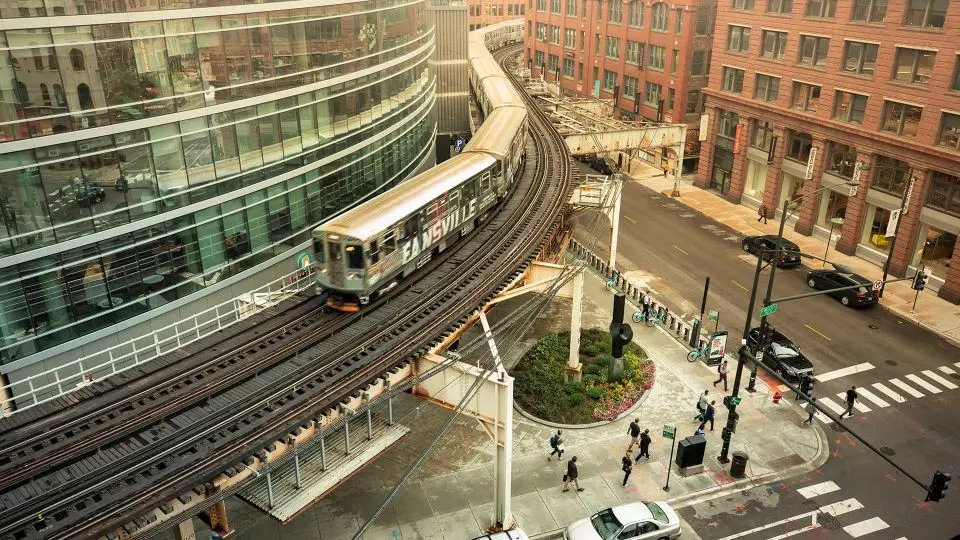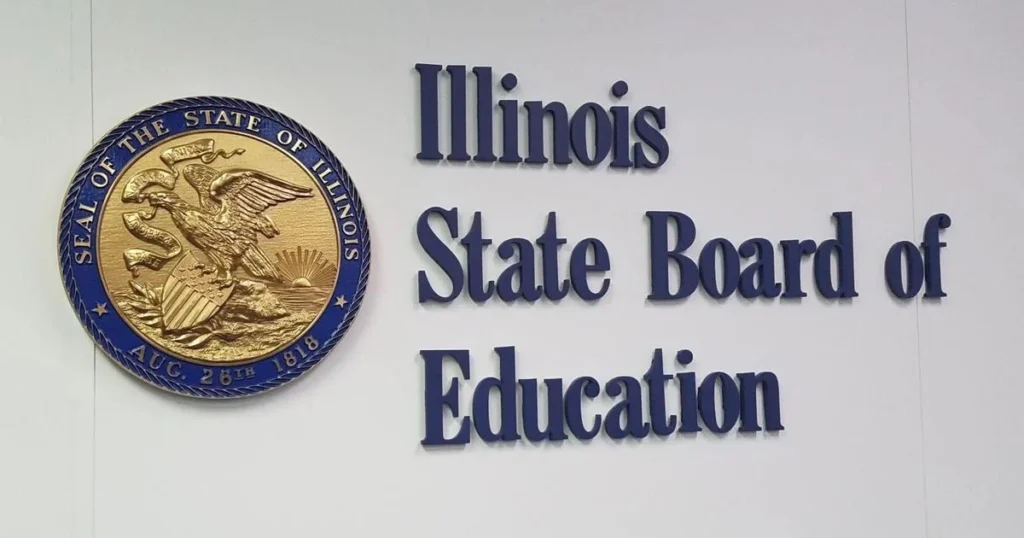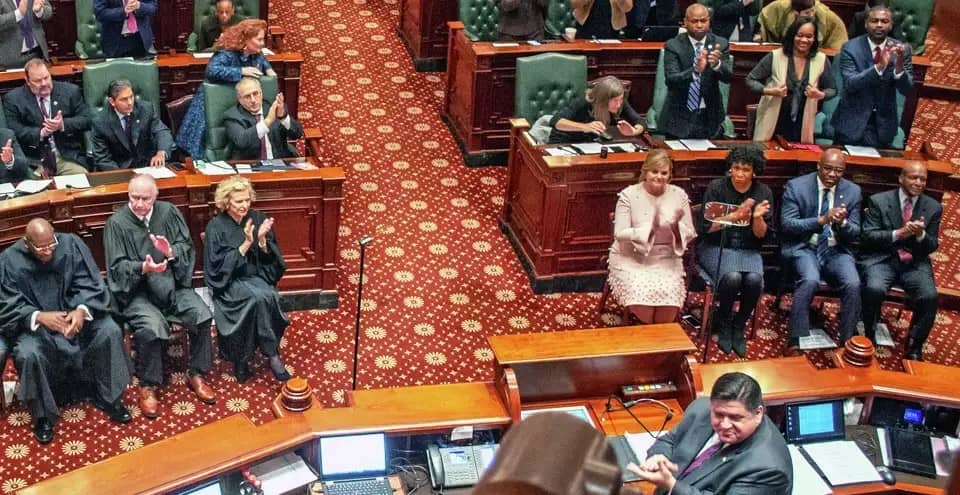Illinois is on the brink of transforming its infrastructure. The state’s ambitious plan, which allocates over $41 billion for road and transportation projects, aims to address aging structures and improve safety across various transit modes. By focusing on modernizing roads, bridges, and transit systems, Illinois seeks to create a more efficient, reliable transportation network that benefits residents and businesses alike.
Governor JB Pritzker and the Illinois Department of Transportation have outlined a comprehensive roadmap that includes substantial rail, air travel, and port investments. This initiative is more than just numbers; it represents a commitment to enhancing the quality of life for millions in Illinois.
With a clear strategy, the state plans to create hundreds of thousands of jobs while fostering economic growth. The need for efficient infrastructure is evident, and this multi-year investment is a significant step toward achieving that goal.
Strategic Blueprint for Illinois Infrastructure
This strategic blueprint outlines a clear path for improving Illinois’s infrastructure, focusing on current assessments, future visions, and essential priorities. Each component plays a crucial role in ensuring sustainable growth and efficiency.
Assessment of Current Infrastructure
Illinois has a diverse network of roads, bridges, railways, and airports. Many of these assets are aging and in need of repair. Approximately 40% of the state’s bridges are structurally deficient or obsolete.
Additionally, many roads do not meet current safety or capacity standards. High traffic volumes lead to congestion and delays, affecting daily commuters. A detailed analysis highlights that investment is crucial not only for safety but also for economic viability.
The state also faces challenges with public transportation, where limited funding has hindered service expansion and maintenance.
Long-Term Vision for Transformation
The long-term vision for Illinois infrastructure aims to create a robust, efficient, and modern system. This includes transitioning to sustainable practices that minimize environmental impact.
The plan emphasizes the integration of technology in transportation, such as smart traffic systems and electric public transit options. Furthermore, improving accessibility for all citizens is a fundamental goal.
Stakeholder collaboration will play a vital role in this transformation. Engaging local communities, businesses, and governmental agencies can foster unity and support for projects.
A focus on resilience ensures that infrastructure can withstand climate impacts and other disruptions while addressing safety and connectivity.
Critical Infrastructure Priorities
Prioritizing infrastructure projects ensures effective use of resources and maximizes benefits. Key areas of focus include:
- Road and Bridge Repairs: Immediate funding is needed to address the significant backlog of repairs.
- Public Transit Expansion: Investment in reliable public transit systems is crucial for reducing congestion and environmental impacts.
- Freight and Rail Improvement: Enhancing freight corridors will support economic growth and efficiency.
Other critical priorities include upgrading airports, strengthening cybersecurity for transportation networks, and investing in innovative materials and technologies. These efforts aim to not only modernize existing infrastructure but also lay the groundwork for future developments.
Investment Mechanisms and Economic Impacts
Investment in infrastructure can take several forms, each with different effects on the economy. Understanding these mechanisms helps in planning for a more efficient, modernized approach to infrastructure projects. Key areas to explore include funding sources, the economic benefits of improvements, and the role of public-private partnerships.
Funding Sources and Financial Models
Infrastructure projects often require substantial financial investment. Common funding sources include federal and state budgets, private investments, and grants from various organizations.
Financial Models can include:
- Public Financing: The government allocates funds from taxes or bonds.
- Private Financing: Corporations fund projects in return for future income.
- Hybrid Models: Combining both public and private resources to share risks and benefits.
Each funding source has advantages and challenges, that affect timelines and project outcomes.
Economic Benefits of Infrastructure Improvement
Investing in infrastructure leads to significant economic growth. Modernizing roads, bridges, and public transport systems can enhance productivity.
Key economic benefits include:
- Job Creation: Construction and maintenance projects require a skilled workforce.
- Increased Efficiency: Improved infrastructure reduces travel time and costs for businesses.
- Attraction of Investment: Better facilities can entice new businesses to relocate.
Studies suggest that every dollar spent on infrastructure can yield multiple dollars in economic return over time.
Public-Private Partnerships and Collaboration
Public-private partnerships (PPPs) are essential for funding and managing infrastructure projects. These collaborations can leverage resources and expertise from both sectors.
Benefits of PPPs include:
- Shared Risk: Both parties share financial responsibilities, reducing the burden on taxpayers.
- Innovation: Private companies often bring new technologies and methods to public projects.
- Faster Delivery: Collaboration can streamline processes, leading to quicker completion.
PPPs can transform how infrastructure projects are financed and executed, leading to better outcomes for communities.



